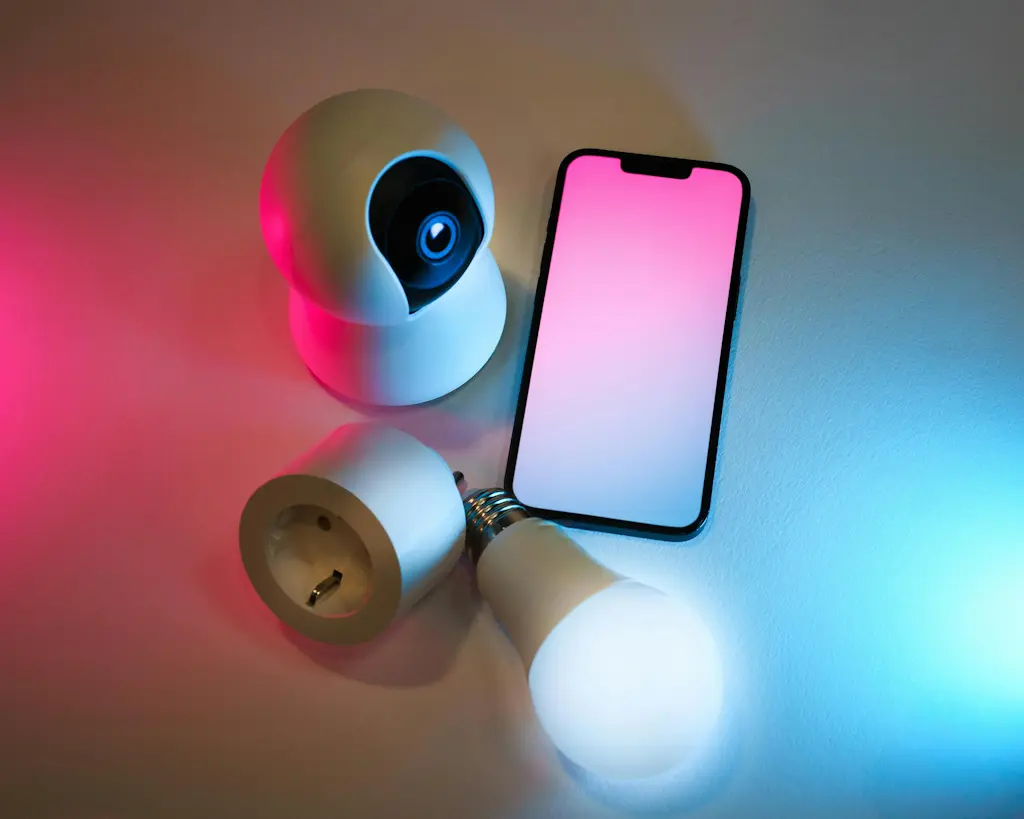With the rise of 5G, IoT devices are becoming prime targets for cybercriminals. Lack of control, vulnerabilities in webcams or connected sex toys increase the risks. Discover the security challenges associated with connected objects and solutions to protect corporate networks and personal data.

With the rise of 5G, IoT (Internet of Things) devices are becoming prime targets for cybercriminals. Lack of control over access, device vulnerabilities, and the risks associated with unsecured connected objects represent increasingly pressing threats for businesses and individuals alike.
The arrival of 5G, which will multiply the number of connected devices, makes security management more complex. Cybersecurity firm Check Point warns of the increasing difficulty of protecting data from these devices, especially as many escape the control of corporate security systems.
The distributed nature of 5G networks and the use of a third-party provider to connect these objects reduces threat visibility and access control. The majority of IoT devices connected to these networks have only basic security, such as a simple password, leaving loopholes open.
Another challenge is the use of IoT devices not approved by companies. According to Check Point, 90% of companies have installed unvalidated connected objects on their networks, often without the consent or knowledge of IT teams. This phenomenon, known as Shadow IT, complicates the management of security risks.
To secure these complex IoT environments, Check Point recommends the use of software micro-agents. These small plug-ins, capable of running on any device or system, control data traffic and reinforce the protection of 5G networks by connecting to a consolidated security architecture.
With the increase in teleworking, webcams and other connected objects in the home are becoming prime targets. These sometimes vulnerable devices can enable cybercriminals to penetrate corporate networks. Other less conventional objects, such as connected sex toys, are also potential threats. These devices, often associated with cloud applications, can be used to install malware or carry out denial-of-service (DDoS) attacks.
Eset, an antivirus vendor, highlights the risks associated with these objects, such as the example of a cyberattack that took control of a connected chastity belt.
IoT devices are being used more and more, but their security is a major issue. Whether for businesses or individuals, it's crucial to pay attention to the vulnerabilities of connected objects, adopt appropriate security solutions and raise awareness among users, especially when it comes to personal objects such as connected sex toys.
Source : ICTjournal